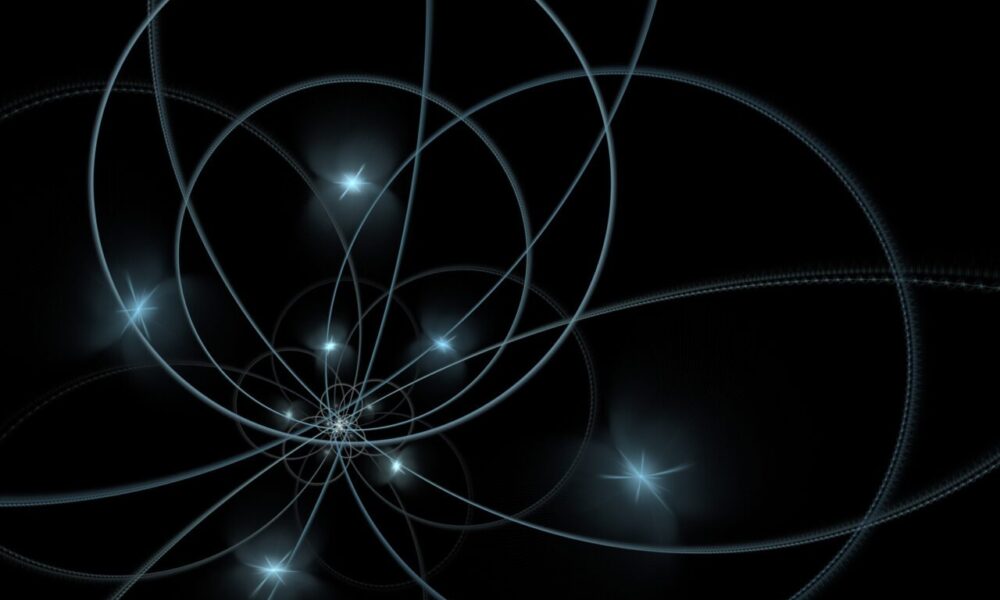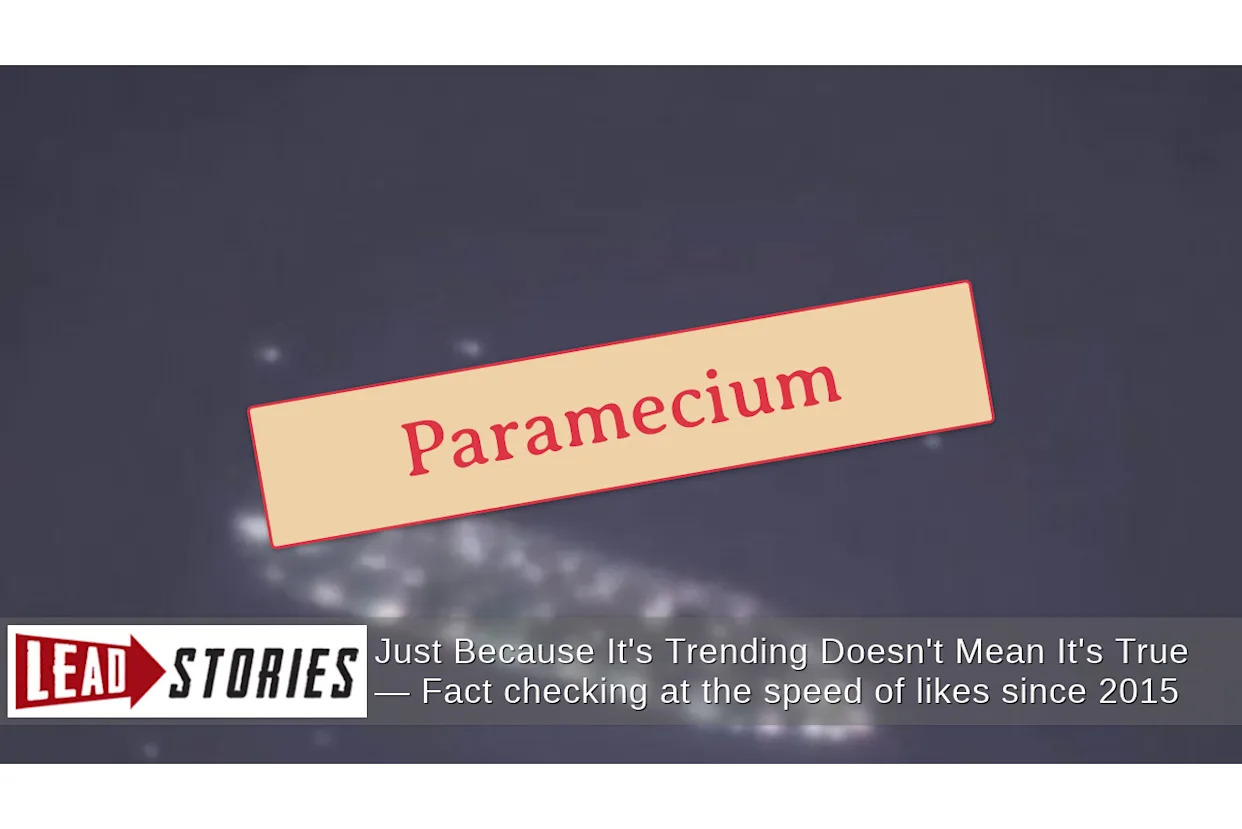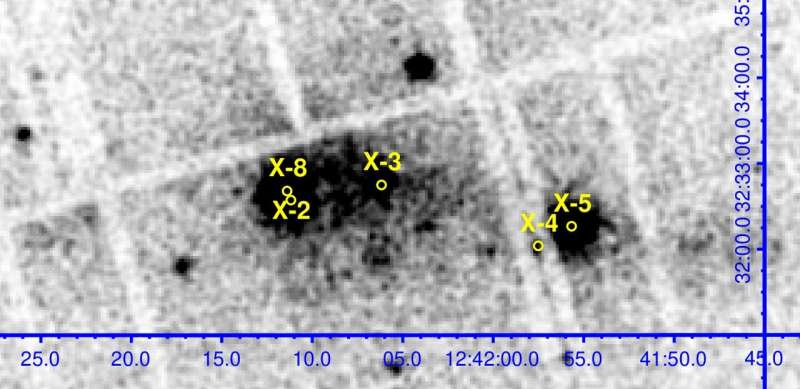A team of physicists from Japan has revived a theory dating back to 1867 that describes atoms as “knots” in a hypothetical medium known as the aether. This approach, detailed in the journal Physical Review Letters, offers a fresh perspective on the longstanding enigma of matter-antimatter asymmetry in the universe.
The researchers do not endorse the notion of aether as a physical substance but instead explore a conceptual framework where cosmic knots of energy gradually transformed into the matter we observe today. This transformation is crucial since all matter in the universe has a counterpart: antimatter.
In a perfect universe, matter and antimatter should have annihilated each other after the Big Bang, resulting in a cosmos filled solely with radiation. Yet, a slight imbalance favoring matter has led to the existence of everything we see, including our own physical forms. The phenomenon behind this imbalance is known as matter-antimatter asymmetry, and physicists have traditionally sought explanations through various theories, including charge-parity (CP) violation.
The revival of the knot theory is rooted in the historical ideas of William Thomson, known as Lord Kelvin, who proposed that atoms could be modeled as knots—mathematically defined as closed curves within three-dimensional space. The Japanese physicists adapted this concept by applying it to wave packets of energy in the early universe.
Cosmic Knots and Quantum Tunneling
Following the Big Bang, a series of phase transitions created cracks in space, which left behind “thread-like defects.” As the universe expanded and contracted, these defects formed cosmic knots. The researchers suggest that these knots may have exhibited a slight bias towards matter, which could elucidate the observed imbalance between matter and antimatter.
Study co-author Yu Hamada, a particle physicist at Keio University, explained that the collapse of these cosmic knots generates numerous particles. Among them are heavy neutrinos—electrically neutral particles with minimal mass. According to Hamada, these heavy neutrinos can decay into lighter particles, such as electrons and photons, resulting in a secondary cascade that reheats the universe.
In this context, Hamada remarked, “In this sense, neutrinos are the parents of all matter in the universe today, including our own bodies, while the knots can be thought of as our grandparents.”
Future Research and Implications
While the revival of this knot theory presents an intriguing approach to understanding the matter-antimatter problem, the researchers acknowledge its current status as a theoretical framework. Their calculations indicate that collapsing cosmic knots should leave behind detectable structures in the universe, which gravitational wave observatories like LIGO and LISA could observe.
Should these structures be found, it would mark a significant advancement in both theoretical physics and experimental observation, offering a potential breakthrough for proponents of string theory. The ongoing exploration of this matter-antimatter imbalance continues to be a critical pursuit in modern physics, as scientists strive to unlock the mysteries of the universe’s origins and composition.
The revival of this historical theory underscores how previous ideas can be reinterpreted to address contemporary scientific challenges, paving the way for new discoveries in the realm of particle physics.







